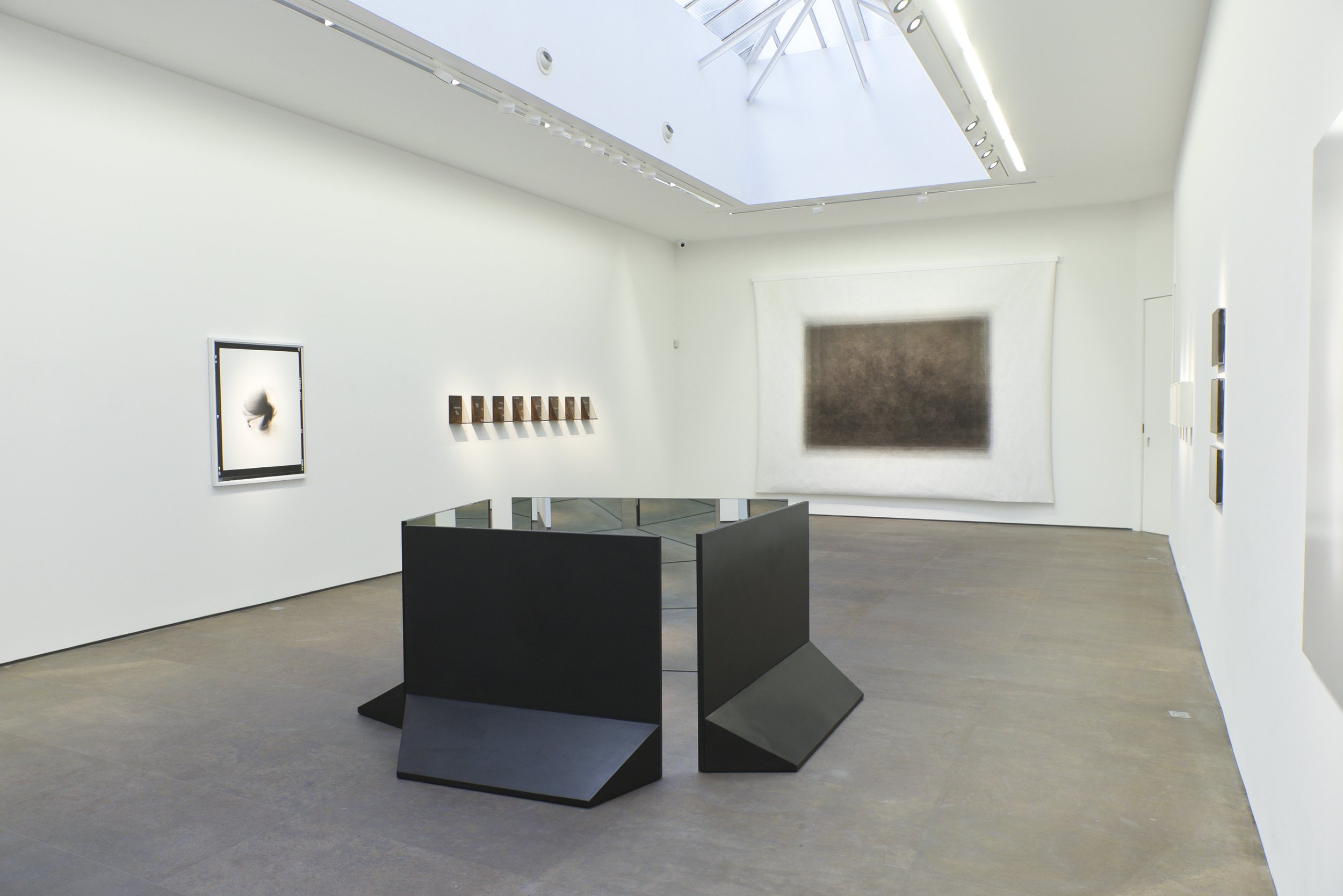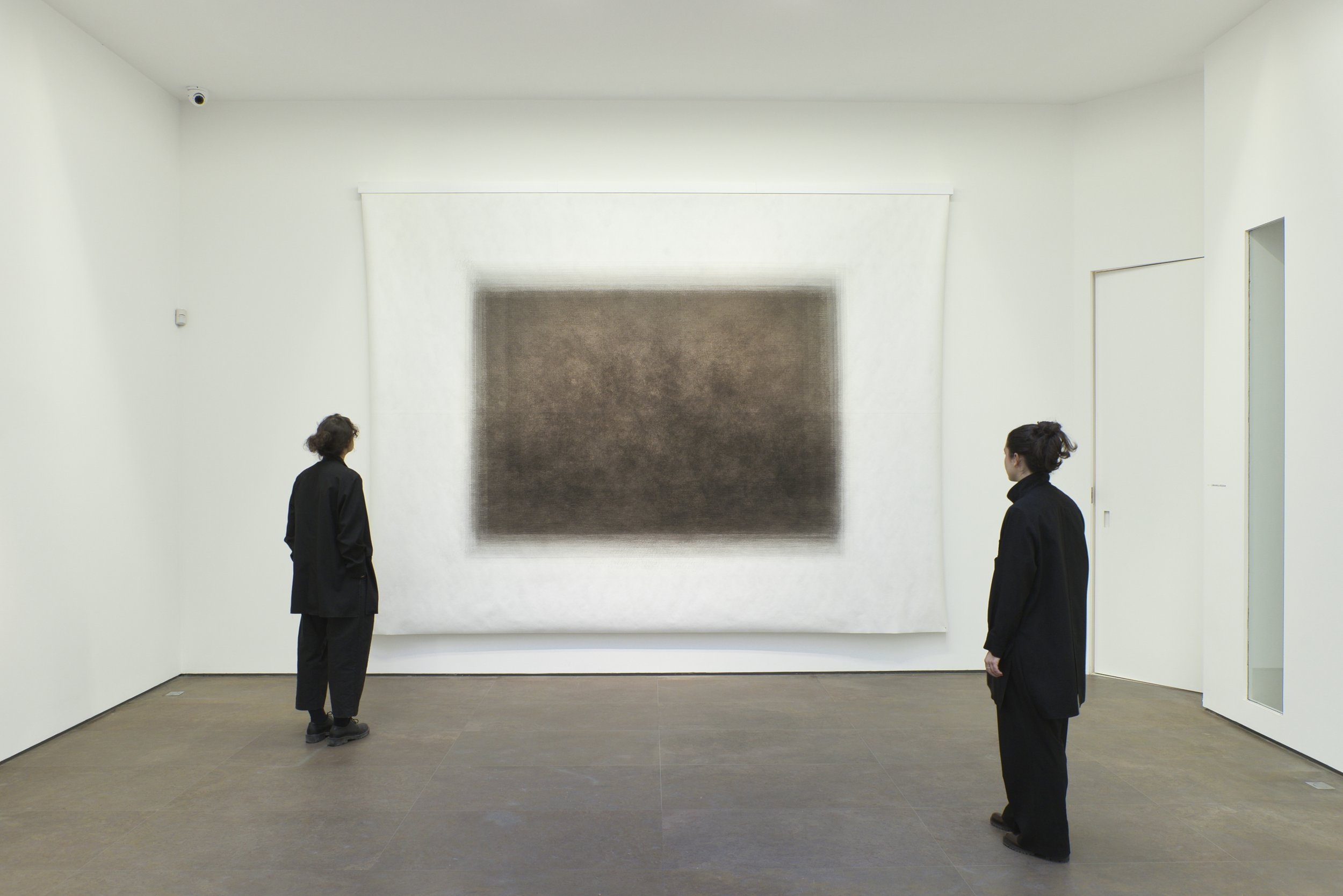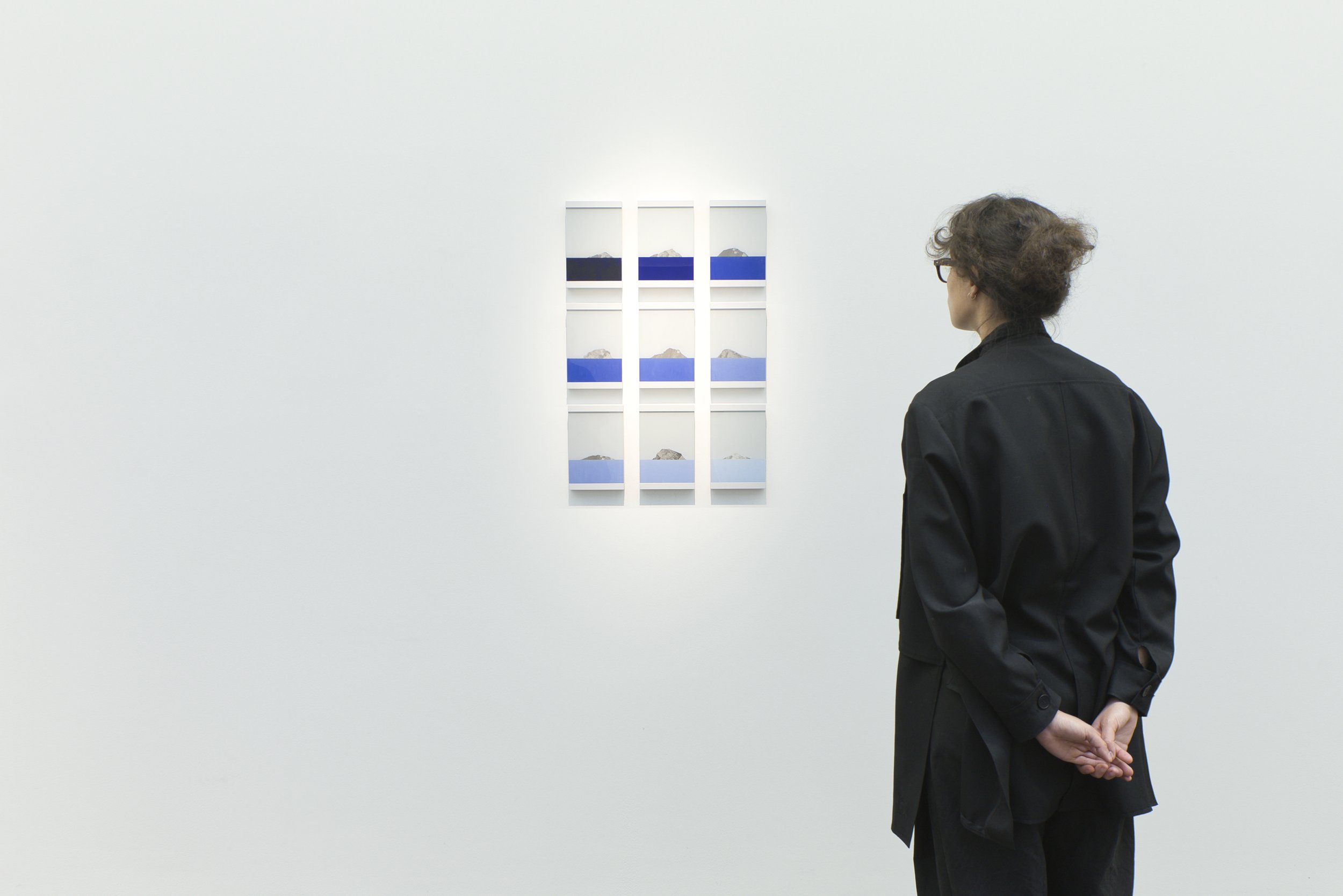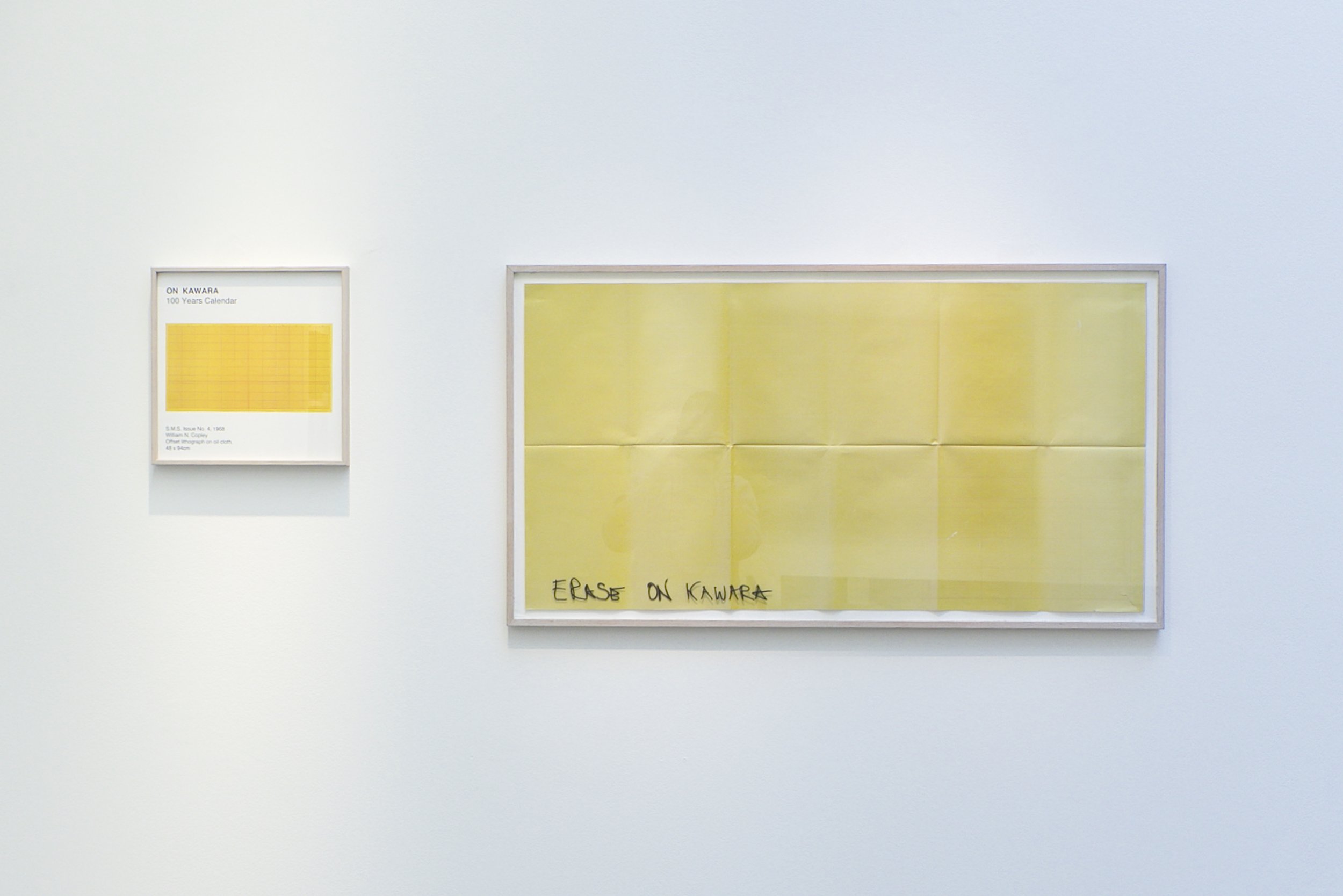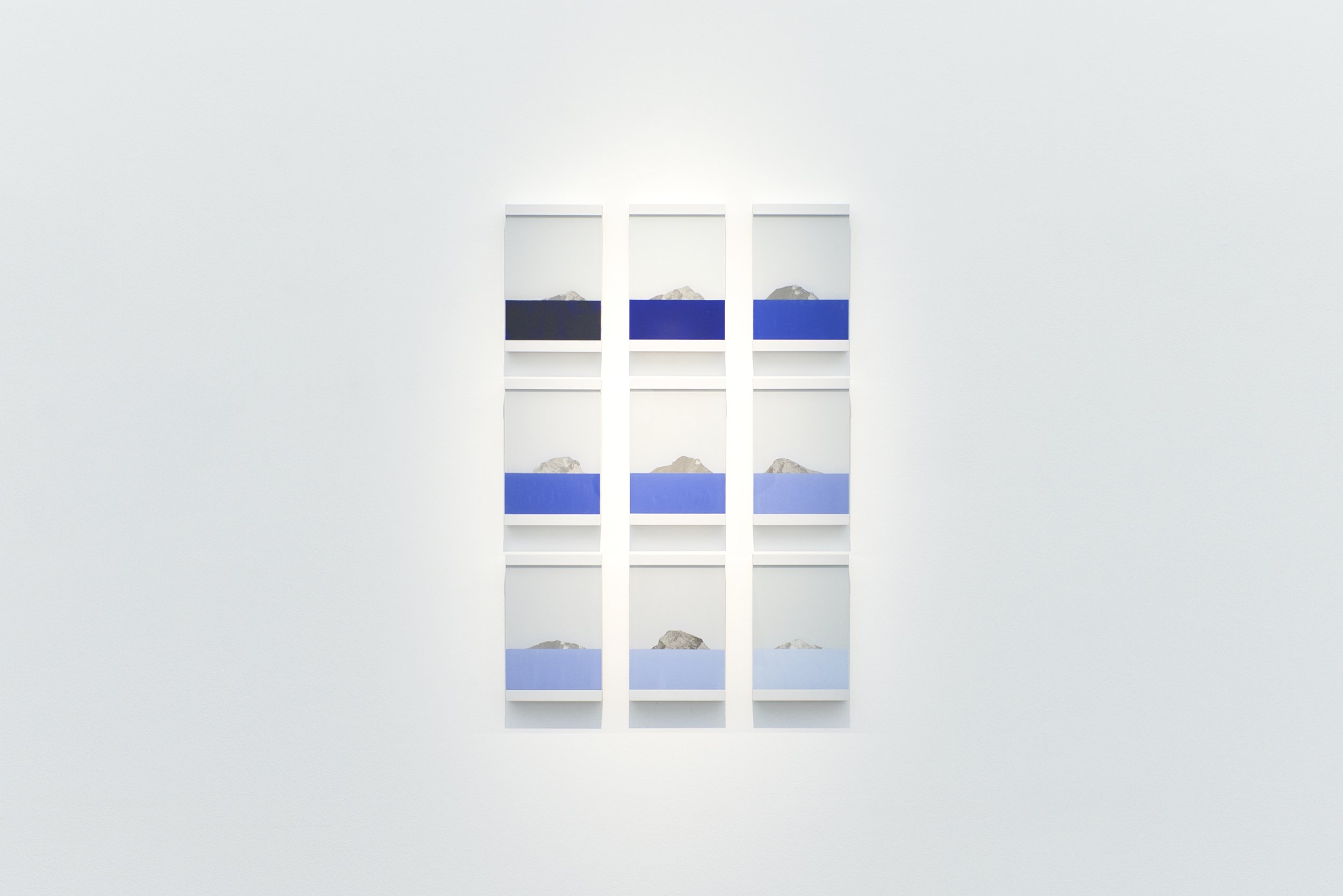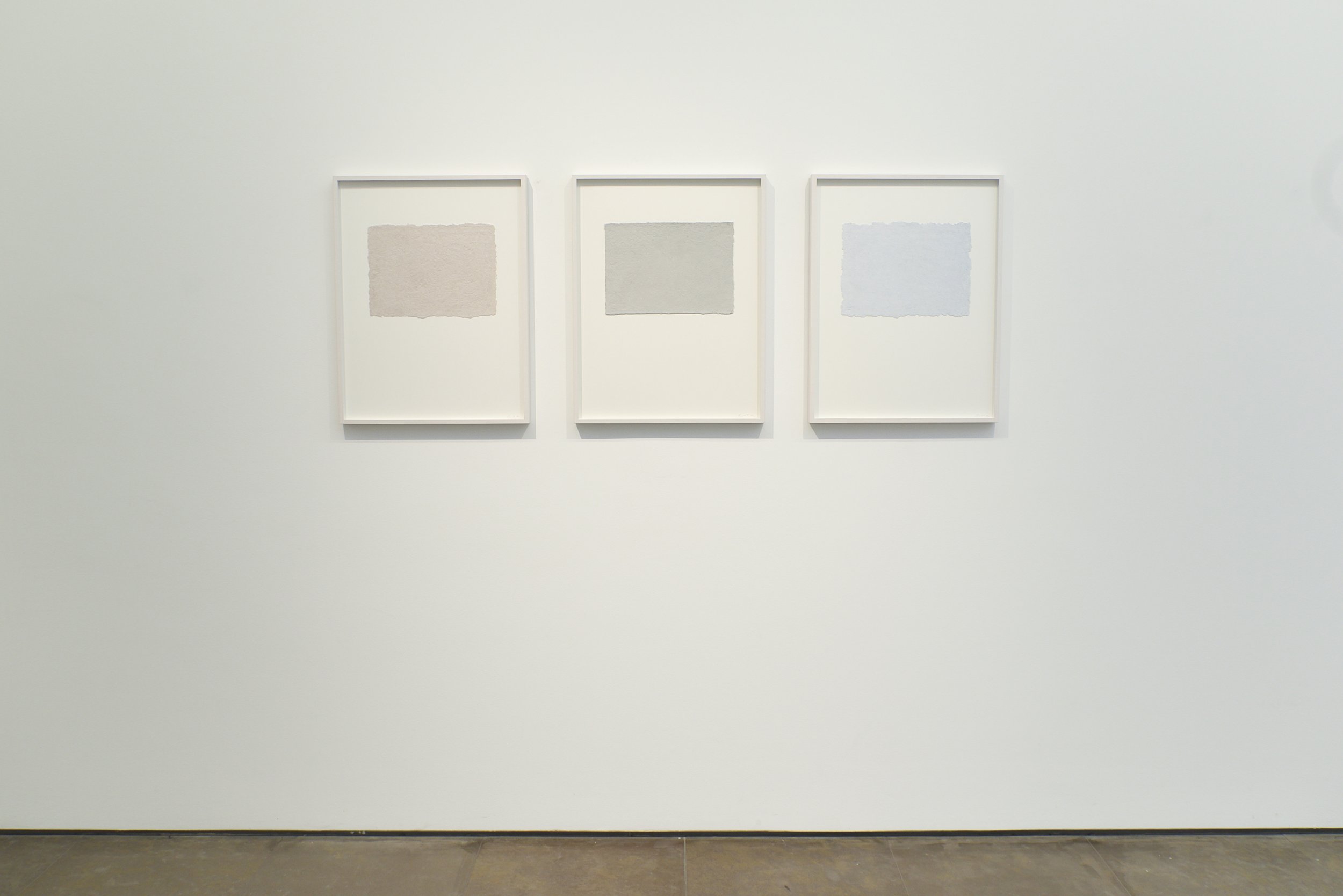GROUP SHOW • WHAT IF IT WAS ALL JUST A MIRAGE?
EXHIBITION FROM 7 DECEMBER 2024 TO 1 FEBRUARY 2025
OPENING: SATURDAY 7 DECEMBER 2024 (3PM-7PM)
ARTISTS : ANNE-CAMILLE ALLUEVA, LIONEL BAYOL-THÉMINES, ROSSELLA BELLUSCI, RENATO D’AGOSTIN, MARTIN DÉSILETS, MORVARID K, LAB(AU), QUENTIN LEFRANC, LUCA SPANO, MARCO TAGLIAFICO
Each year, we present a manifesto group exhibition exploring the fundamental notions of light, time and space. After questioning the nature of photography in 2022 and the ambivalent relationship between light and shadow in 2023, this year's exhibition, entitled “What if it was all jus a mirage?”, invites us to rethink our relationship with the image. Through works that blur the boundaries between visible and invisible, reality and fiction, past and future, this edition, which brings together no less than ten artists, questions the perception and fluidity of the world around us.
The exhibit “What if it was all just a mirage?” brings together the work of ten international artists who push back the boundaries of the image, and features a diversity of artistic approaches around the central theme of perception. The show opens with a monumental work by Canadian Martin Désilets, entitled “All the disasters of war”. Created from superimposed photographs of Francisco de Goya's engravings, this piece offers a unique interpretation where accumulation and erasure meet, capturing the essence of the original engravings in an imposing 4x3-meter format. This striking work introduces a reflection that runs through the entire exhibition.
In her work, young French artist Anne-Camille Allueva questions the dialectical components of the image. As a prelude to her forthcoming solo exhibition in 2025, the works presented here explore the source of the visible, questioning the processes by which images appear and are perceived. Luca Spano's “Far Away Structures” series reflects on perception through glass sculptures in which words, derived from conversations with scientists and visually impaired people, suspend thoughts between two dimensions. His interdisciplinary approach questions the boundaries between the visible and the invisible.
The relationship between the visible and the invisible is also explored in the work of Belgian collective Lab(au), which explores disappearance and dematerialization with “Erase On Kawara”. A conceptual artwork that deals with erasure and which also refers to Rauschenberg's famous “Erased de Kooning Drawing”, created in 1953 - when Rauschenberg erased a drawing he had obtained from the American abstract expressionist Willem de Kooning. This conceptual piece naturally questions the materiality of the work, its impermanence and its relationship with time.
But does the image still exist if it is no longer visible? This is the question that Iranian artist Morvarid K sets out to answer, as she tackles the very nature of the image. Dissolving a photograph to extract the original pulp from the paper, she methodically decomposes the image, returning the photograph to its raw material. This process transforms the image into a material tinged with residual ink, charged with a silent memory. This work questions notions of presence and absence, and the intermediate states between existence and erasure.
Going against the grain, Lionel Bayol-Thémines explores the dialectic of the image, and drawing inspiration from the philosopher Vilém Flusser, he creates unique images that question the capacity of digital photography to generate other “realities”. Here, for the very first time, the gallery presents his latest project, entitled “Playing with John Baldessari and Machines”, a series whose images, all the result of a collaborative performance with a neural network to which the same prompt was continuously subjected over several weeks, are mirrored by the exchange, through the game of 'exquisite corpse', with a word, a phrase, thus provoking a second displacement of their signifier, echoing John Baldessari's experiments with the “text/image” relationship.
Landscapes also hold a special place in this group show. Marco Tagliafico's “Arcipelago” series is a sculptural work composed of interconnected elements created from a single landscape photograph. It superimposes a painted pane of glass onto a photographic print made in a darkroom with the light of a smartphone. This device transforms and masks the original landscape, revealing new ones based on certain details. The work explores human perception through the mediation of technology, inviting viewers to plunge into its depth and structure, questioning form and meaning. His compatriot Renato D'Agostin unveils an intimate silver triptych that deconstructs and juxtaposes urban landscapes, upsetting our perception of reality with a poetic, even ghostly approach.
And ghosts are also present in Rossella Bellusci's work where light is at the heart of her creations. By placing a human model between a light source and a lens, she reduces the body to a fluid line, inverting the traditional roles of light and subject. This process reinvents our perception of the image's constituent elements.
Finally, Quentin Lefranc invites us to play with our own perception of space with a sculpture made of mirrors, entitled “Au centre rien” (At the center, nothing), paradoxically placed at the center of the gallery, in perfect dialogue with one of his photographs entitled “Faire centre” (Being at the center). These imposing works question our relationship to space and the world.
The rich, multi-dimensional exhibition reflects on the limits of the image, its materiality and the processes that shape it. Navigating between the visible and the invisible, it invites us to rethink the essence of art and its relationship to light, time and space.








